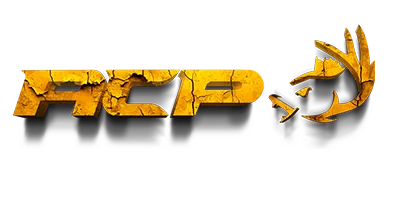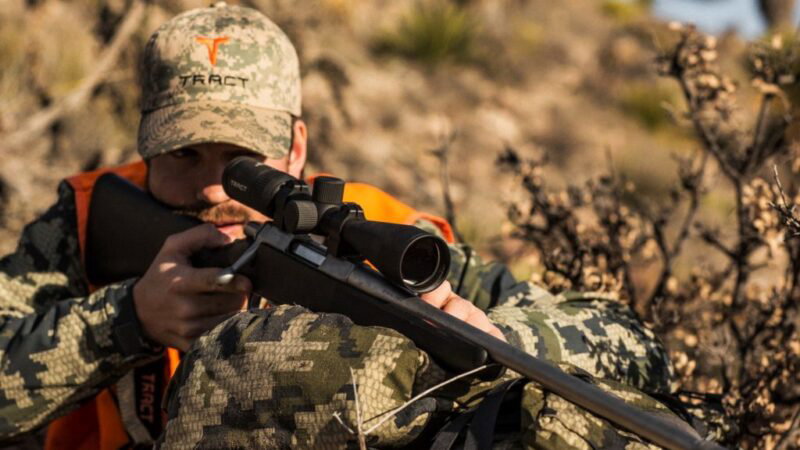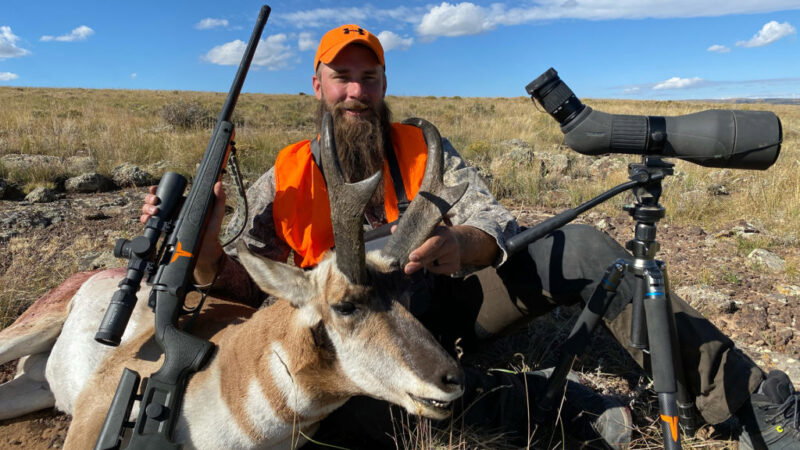Best Optic for a Predator Rifle
Best Optic for a Predator Rifle
Best Optic for a Predator Rifle. Common Mistakes of Too Much Magnification
As the sun was just beginning to lighten up a big sage brush flat down below, I checked to make sure my new calling partner was set and ready for me to begin calling. After less than a minute of calling I caught the movement of a coyote coming hard from the far side, 500 yards out. It was obvious that my partner had spotted him too as he shifted the muzzle of his rifle in the direction of the approaching coyote. Experience has taught me not to get tunnel vision while calling, so I began keeping tabs on the incoming coyote as I continued to scan the flat with my eyes for a second or third. Sure enough, a second coyote popped out of a small draw down below us at about 200 yards and was also coming. I immediately informed my partner and noticed him trying to find him in his scope. As this second coyote weaved in and out of the sage brush coming to the call, I noticed my partner could not find him in his sights. I then begin whispering out coordinates in hopes of helping him find him. “150 yards out at 2 a clock, 100 yards, 75 yards”. At 50 yards he finally saw him, panic set in and he began blasting away. When the smoke cleared and the cussing stopped, we had nothing to show for our trouble. While trying to console and calm down my young new calling partner I noticed his big scope was set all the way up on 12 power. I told him then that “I’ll bet that coyote looked like a grizzly bear at that distance with that much magnification”? His reply was “I couldn’t find him and when I did it was all just a blur”.
Best Optic: Make sure your Scope is set at the Lowest Power
I’ve seen this same scenario play out many times. People assume that since you are calling wide open hay/wheat fields, sage brush, or mesquite flats you must need high magnification scopes on your calling rifles. This faulty logic often gets you in the same kind of trouble as my friend mentioned above. If you look on my calling rifles you will find variable power scopes that start out at 2X and goes up to 10X. When I begin calling, I always make sure my scope is set at the lowest setting. This accomplishes two things. First it gives me a wide field of view to help me pick up movement at distance, but it also helps me get on the coyote that pops out of the brush at close distance. Being that it is a variable scope I can easily turn it to 10X if I feel I need to for more precise shot placement on the coyote that hangs up at greater distance.

Remember You’re Hunting Coyotes and Not Shooting Prairie Dogs
If you feel you need more power than 10X on the high end, then I recommend you hone your calling skills. My scope of choice is the TORIC 2-10x42mm. I’ve used this scope for quite some time now. The TORIC has top end glass and coatings that not only aids in low light conditions when predators are most active, but also has the clarity and definition to pick out a bobcat hidden back in the brush.

Confidence in Your Equipment is Paramount
I hunt for my living and the equipment I choose has to stand up to a lot of use. The reticles in the TRACT scopes are etched in the glass and the attention to detail in the turrets provide the durability and accuracy that builds this confidence. It is my opinion that they make the best scope for a calling rifle on the market today. Great news is that they are offered direct to the public at a very fair price as they can only be ordered directly through TRACT Optics. In other words, TRACT has cut the middle man and sell directly to you. If you are in the market for a fantastic scope at a great price give them a look and you will quickly see why I have them on my rifles.











